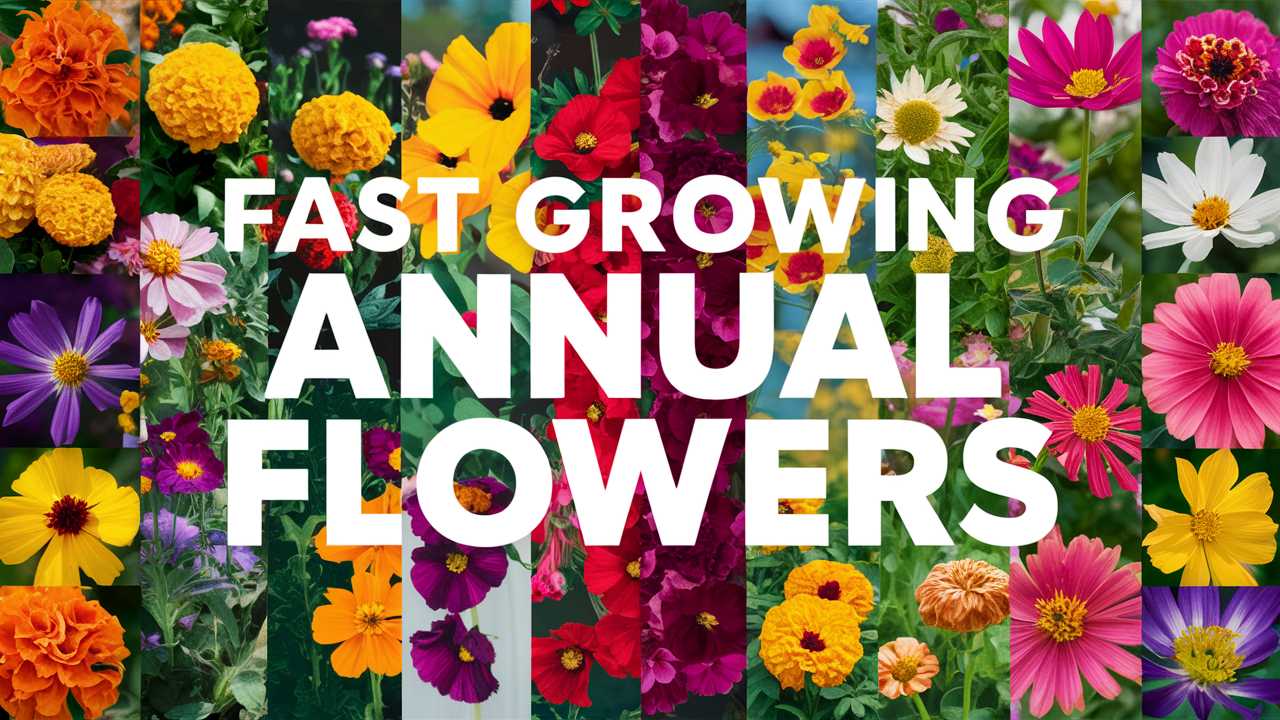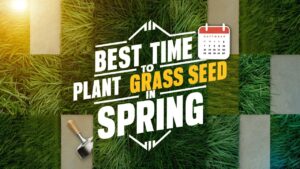In this post, we’ll explore some of the fastest-growing annual flowers that not only bring cheer to your garden but also require minimal patience as you wait for their beauty to flourish.
California Poppy (Eschscholzia californica)
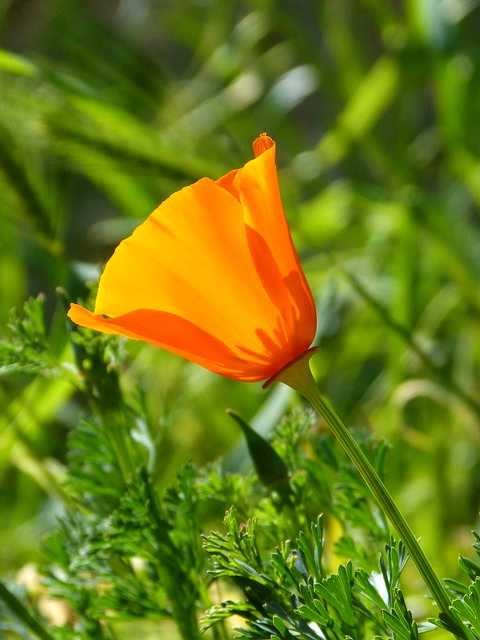
A true symbol of California, the California poppy is renowned for its cheerful, orange-hued petals that sway gracefully in the wind. This hardy annual thrives in well-drained soil and enjoys full sun exposure. It’s incredibly low-maintenance: simply scatter the seeds in early spring, water lightly, and watch them burst into bloom within just a few weeks. Their drought-tolerant nature makes them an excellent choice for low-water gardens, and they are also a delight for pollinators.
This flower not only adds a vibrant splash of color but also fills the air with a subtle, sweet aroma. The California poppy is perfect for borders or wildflower gardens, and its natural tendency to self-seed means that once it’s established, it can provide a reliable show of color year after year with minimal effort.
Sweet Alyssum (Lobularia maritima)

With its sweet, honey-like fragrance and delicate clusters of tiny flowers, sweet alyssum is a beloved choice for both containers and ground covers. These charming little plants produce sprawling mounds of blooms in white, lavender, and pink hues. Fast to germinate, sweet alyssum can present delightful flowers in as little as six weeks after sowing.
These flowers thrive in almost any soil, preferring a sunny to partially shaded spot. In addition to their beauty, sweet alyssum is a fantastic ally for any garden, attracting beneficial insects such as bees and butterflies. Their stunning blooms last throughout the season, and if you deadhead them regularly, they can keep producing flowers until frost sets in.
Baby Blue Eyes (Nemophila menziesii)
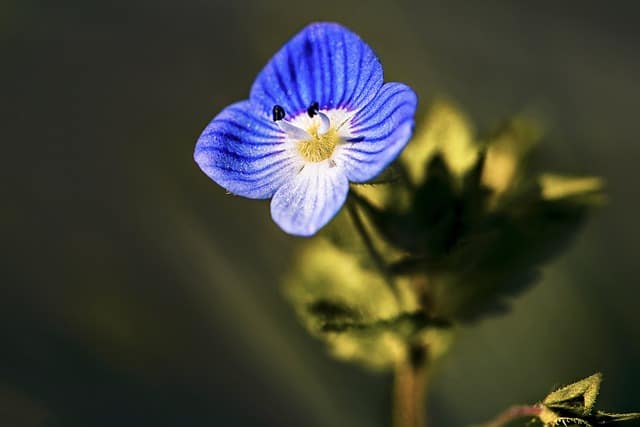
If you’re looking to add a soft touch of blue to your garden, Baby Blue Eyes is an enchanting annual worth considering. These lovely flowers, with their mesmerizing sky-blue petals and delicate white centers, typically bloom within ten weeks from sowing. They thrive in cooler temperatures, making them ideal for spring gardening.
The Baby Blue Eyes plant performs best in partial shade and well-drained soil, making it suitable for various garden layouts, including shady spots or rockeries. Their charming appearance can create a charming carpet of color when planted en masse. It also pairs beautifully with other spring flowers, providing a stunning contrast against brighter-hued blooms.
Cornflower (Centaurea cyanus)

Cornflowers, also known as bachelor’s buttons, are characteristically striking with their deep blue petals. Fast-growing and easy to care for, they bloom after only 60 to 70 days from the time their seeds are sown. Cornflowers thrive in full sun and well-draining soil, and they can tolerate drought conditions once established.
Apart from their aesthetic values, these flowers are simple to grow and work well in both formal gardens and cottage-style landscapes. Their ability to self-seed makes them reliable bloomers year after year. Cornflowers are also loved by pollinators, making them an eco-friendly addition to any garden space.
Candytuft (Iberis umbellata)
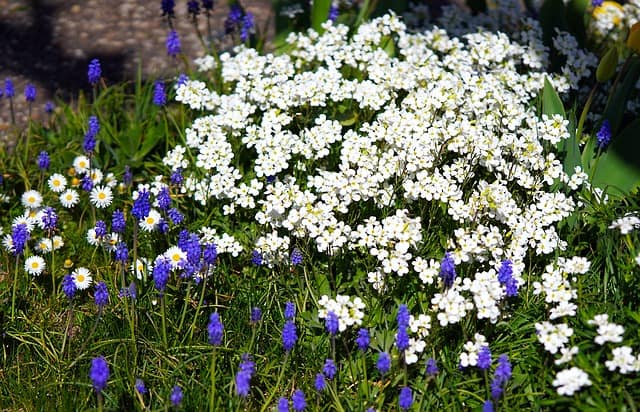
Often seen cascading over rock walls or tumbling out of containers, candytuft is a charming flower with robust growth. Its white (and sometimes pink) blossoms emerge in early spring, creating lovely displays in gardens or as part of hanging arrangements. Candytuft requires very little care, thriving in well-drained soil and full sun.
Typically blooming within three months from planting, candytuft not only adds elegance to your garden but is also deer-resistant, making it a great choice for landscapes where these animals roam. Their ability to create dense ground cover ensures they stifle weeds, offering dual benefits of beauty and practicality.
Nasturtium (Tropaeolum majus)
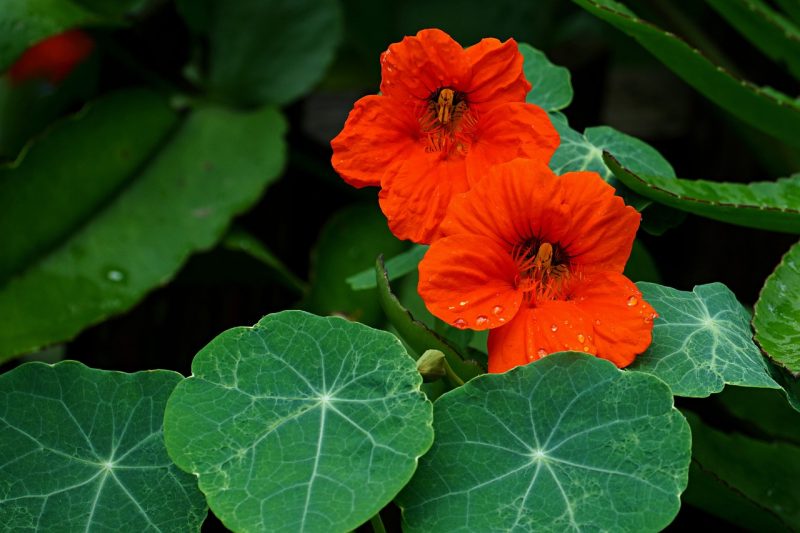
Nasturtiums are not just beautiful flowers; they also play a multifunctional role in the garden. Known for their vibrant, trumpet-shaped blooms in shades of yellow, orange, and red, these plants are incredibly fast-growing. Depending on the variety, they can produce flowers in around six weeks. Nasturtiums can thrive in poor soils, and they love the sun, making them a low-maintenance choice.
Beyond beauty, nasturtiums are edible, and both the leaves and flowers add a peppery flavor to salads, making them a favorite among home chefs as well. Additionally, they can serve as a natural pest deterrent, attracting aphids away from more valuable plants. This charming plant is perfect for hanging baskets, as ground covers, or climbing trellises, showcasing their versatility in the garden setting.
Virginia Stock (Malcolmia maritima)
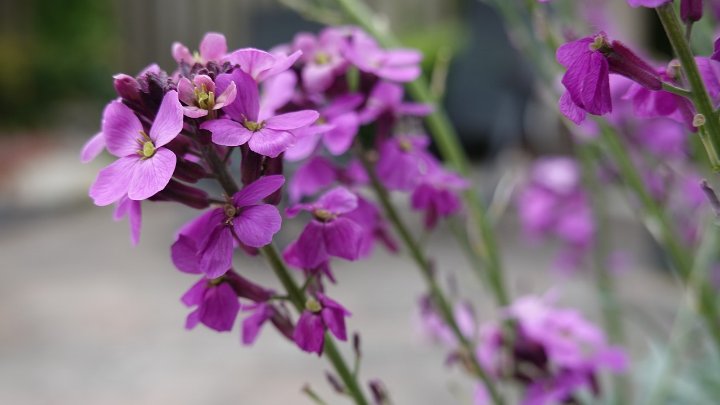
For those who appreciate fragrant gardens, Virginia Stock is a hidden gem. This charming annual produces delightful, fragrant blooms in hues of lavender, pink, and white. It germinates quickly, with blooms appearing in as little as 50 to 60 days when planted in well-draining soil and full sun.
Virginia Stock is particularly prized for its adaptability, performing well in cooler environments while attracting beneficial insects. These cheerful flowers can serve as annual companions for perennials and make excellent cut flowers for arrangements. Plant them in clusters for the best visual effect, and let their enchanting fragrance permeate your garden!
Shirley Poppy (Papaver rhoeas)

The Shirley Poppy is a classic annual flower with delicate, frilly petals that come in a stunning range of colors, including shades of pink, red, and white with a black center. These enchanting blooms can be grown rapidly, typically flowering within 70 to 90 days after sowing. While they prefer cool weather, they thrive in full sun and can adapt to various soil types as long as the drainage is adequate.
Shirley Poppies are perfect for adding a soft touch to borders or wildflower gardens. Their whimsical look makes them ideal for creating natural, informal landscapes. When planted en masse, they create a breathtaking sea of color, bringing an air of effortless beauty to any garden.
Gypsophila (Baby’s Breath)
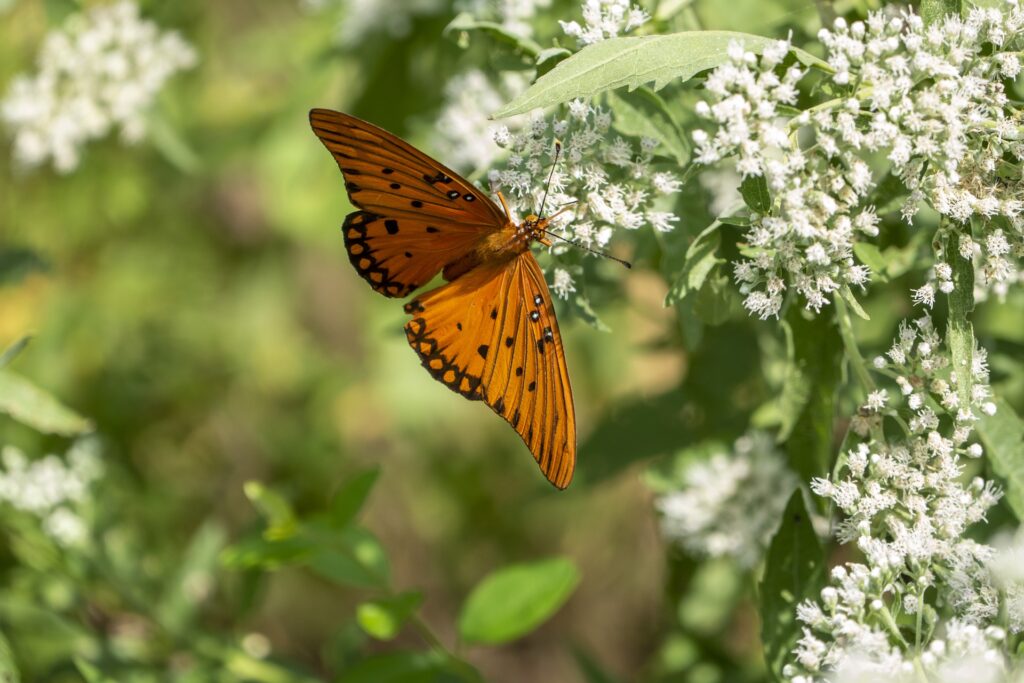
Often seen in floral arrangements as a filler, Baby’s Breath (Gypsophila) is a delightful annual that can stand on its own merit in the garden. Producing clouds of small white or pink flowers, it’s fast to bloom, showcasing its delicate charm within a mere 70 to 90 days from planting. Baby’s Breath enjoys full sun and well-drained soil, making it low-maintenance and easy to grow.
This flower adds an ethereal quality to garden beds and can also be used effectively in coastal gardens due to its drought resistance. Beyond its garden aesthetics, it’s a fantastic addition to bouquets, enhancing and uplifting the beauty of the larger blooms.
Clarkia (Clarkia amoena)
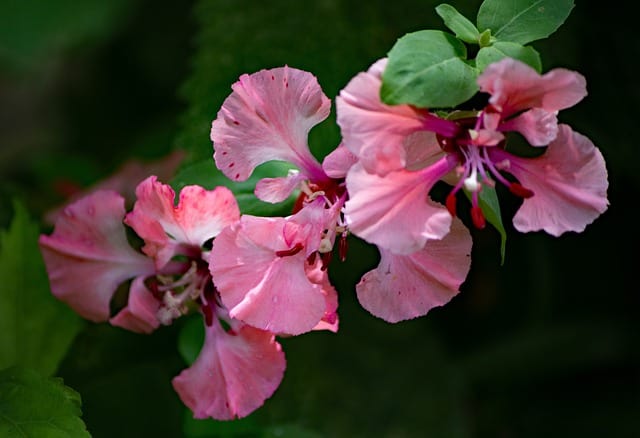
Clarkia, often referred to as Godetia, is a fast-growing annual flower that produces elegant blooms reminiscent of delicate silk. The flowers showcase shades of pink, red, and purple. With proper care, you can expect blooms within 60 to 75 days after planting.
They prefer full sun and well-drained soil, and their bushy growth habit makes Clarkia an excellent choice for borders or as cut flowers. These lovely blooms are not only visually appealing but also beloved by bees, making them a beneficial addition to any pollinator garden.
Calendula (Calendula officinalis)
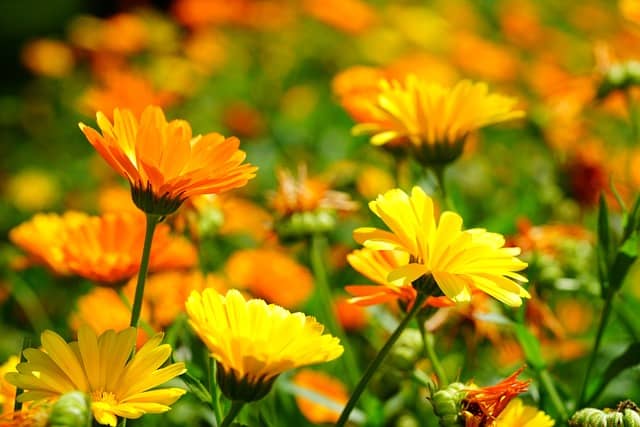
Calendula, often called pot marigold, is known for its striking orange and yellow blooms. Fast and easy to grow, calendula can produce flowers just 60 days after planting. These cheerful flowers thrive in poor soil conditions and bright sunlight while being remarkably resilient to cooler weather.
Apart from their beauty in the garden, calendula petals provide color to salads and can be used in herbal remedies due to their anti-inflammatory properties. Whether planted in garden beds or containers, they attract beneficial pollinators, making them a worthwhile addition to any floral display.
Borage (Borago officinalis)
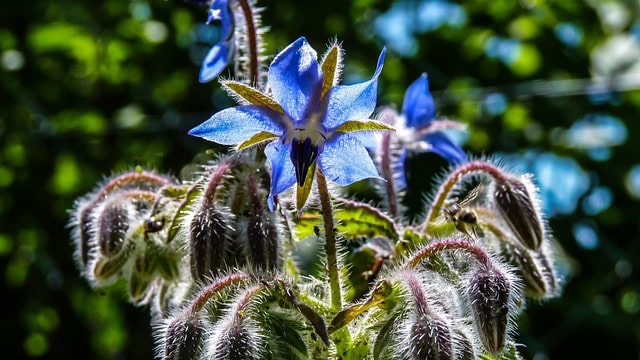
With its star-shaped blue flowers and fuzzy leaves, borage is a unique and fast-growing annual herb. Blooming within 65 to 70 days of sowing, borage prefers full sun and well-drained soil. Not only is it visually appealing in the garden, but the leaves can be used in drinks and salads.
Borage is also known for attracting pollinators, especially bees, enhancing the ecosystem of your garden. These plants self-seed readily, making them a beautiful addition that can return year after year with proper care.
Phlox drummondii (Annual Phlox)

Annual phlox, known for its vibrant clusters of flowers, provides a riot of color in any garden setting. It grows quickly, typically maturing within 60 to 70 days, and works well in full sun or partial shade. Available in various shades, including pink, red, and white, its blooms are often fragrant and grow densely, making it great for borders or containers.
Phlox is also a favorite of garden pollinators, fostering a lively ecosystem. Its versatility allows it to beautifully complement a variety of gardens, from traditional to modern designs, making it an essential flower for any gardening enthusiast.
Coreopsis tinctoria (Plains Coreopsis)
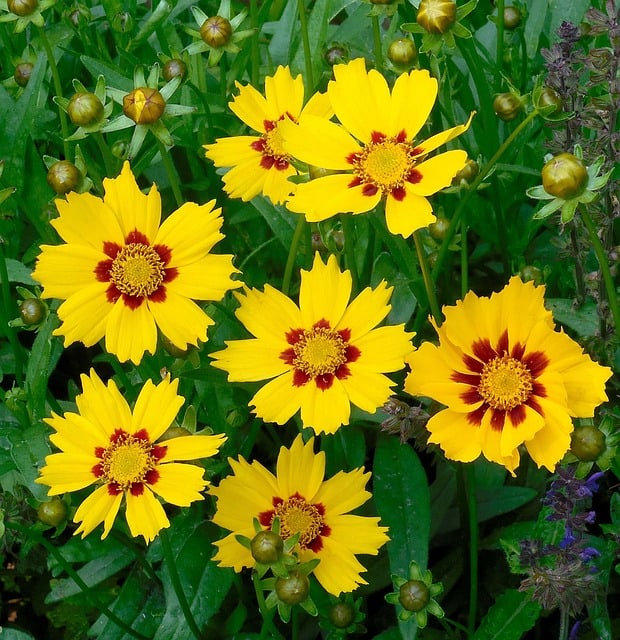
Plains coreopsis is a radiant annual flower with striking yellow and burgundy blooms. It blooms in about 60 days from seed and thrives in full sun conditions. This tough plant is perfect for wildflower gardens or as a drought-tolerant option in sunny borders, making it a resilient addition for various conditions.
Coreopsis tinctoria’s cheerful appearance and ability to self-seed contribute to its appeal. Once established, these plants not only provide stunning displays but also attract a myriad of butterflies, enhancing your landscape’s liveliness.
Godetia (Clarkia amoena var.)

Godetia is another variety of the charming Clarkia family, producing soft, satiny blooms in a variety of pinks, reds, and whites. These flowers typically bloom within 60 to 70 days and prefer full sun and well-draining soil. Their graceful stature makes them an ideal choice for borders and mixed garden beds.
In addition to offering eye-catching floral displays, Godetia attracts beneficial insects such as bees, enhancing the ecosystem of your garden. Their short lifespan encourages gardeners to replant each season, allowing for diverse planting combinations and adding excitement to the gardening experience.
Larkspur (Consolida ajacis)
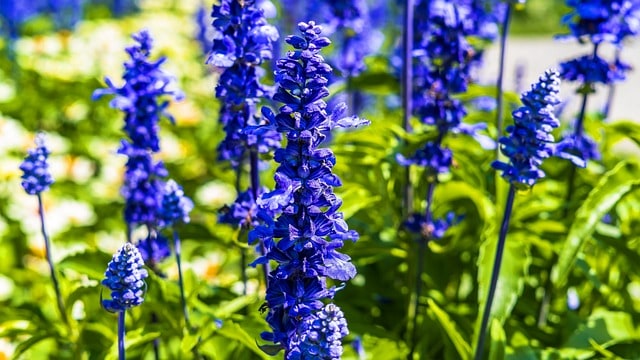
Larkspur presents tall spikes of densely clustered flowers in vibrant shades of blue, purple, and white. A fast-growing annual, it can bloom within 70 days after sowing. Although it prefers cooler growing conditions and well-drained soil, it flourishes in full sun.
Adding height to garden arrangements, larkspurs create a dramatic focal point in flower beds. They also attract beneficial pollinators and provide excellent cut flowers for arrangements, enhancing any garden with their beauty.
Linum grandiflorum (Scarlet Flax)
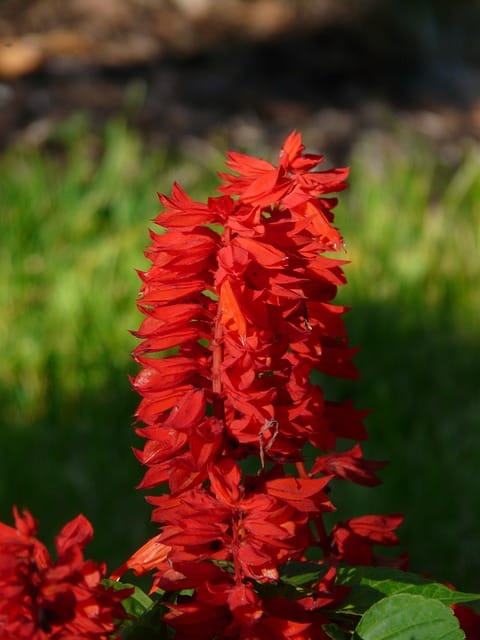
Scarlet flax is a striking annual that produces brilliant red flowers with delicate petals. Typically blooming within 75 days, this hardy plant thrives in full sun and well-drained soil. Scarlet flax can add a pop of color to any garden and is known for its resilience to drought.
These flowers are also loved by various pollinators and can serve as natural shade for surrounding plants. Their eye-catching appearance makes them perfect for borders and wildflower gardens, adding character and vibrancy to your outdoor space.
Limnanthes douglasii (Meadowfoam)
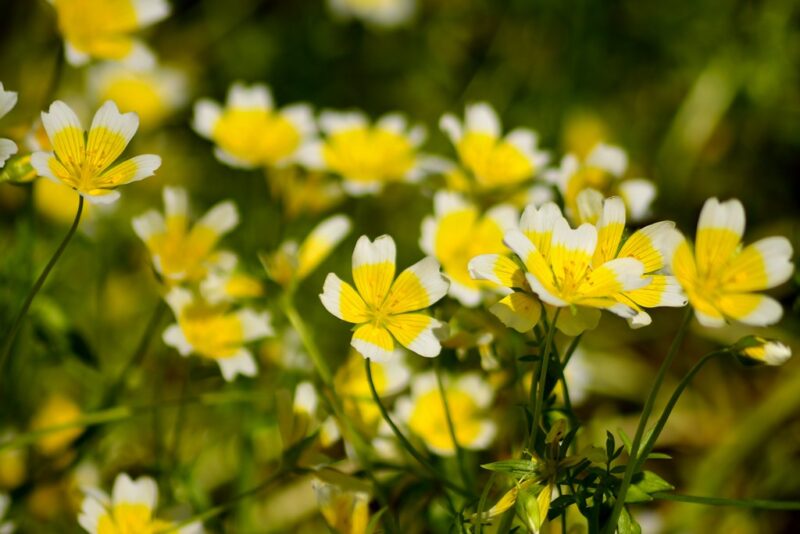
Meadowfoam is an often-overlooked annual that brings lush green foliage and captivating white flowers to gardens. Fast-growing and blooming within 60 to 75 days, it prefers moist, well-drained soil and full sun conditions.
This charming flower is perfect for areas that require a bit of a splash but has also become popular in cutting gardens due to its long-lasting blooms. Its sprawling nature makes it great as ground cover, showcasing bright flowers that can brighten any dull corner of the garden.
Saponaria vaccaria (Soapwort)

Soapwort is a unique annual prized for its pink or white blooms and striking green foliage. A fast grower, it typically flowers within 60 days after sowing. Preferring full sun and well-drained soil, soapwort becomes an attractive plant in both garden beds and containers.
Aside from its beauty, soapwort has historical significance as a natural soap, which children love making and playing with. Its versatile nature and resilience make it a worthwhile addition, bringing both aesthetics and fun to the garden.
Nemesia strumosa

Nemesia is a charming annual that showcases colorful flowers in captivating shades of blue, purple, and white. Fast to flower within about six to eight weeks, this delightful bloom thrives in cooler temperatures and prefers partial shade. Giving off a sweet fragrance, these flowers can elevate the aesthetic of hanging baskets and borders alike.
Perfect for cottage gardens and patio containers, nemesia can provide delightful bursts of color throughout the blooming season. With their low-maintenance nature and showy flowers, they are a perfect choice for gardeners of all skill levels seeking to beautify their spaces swiftly.


